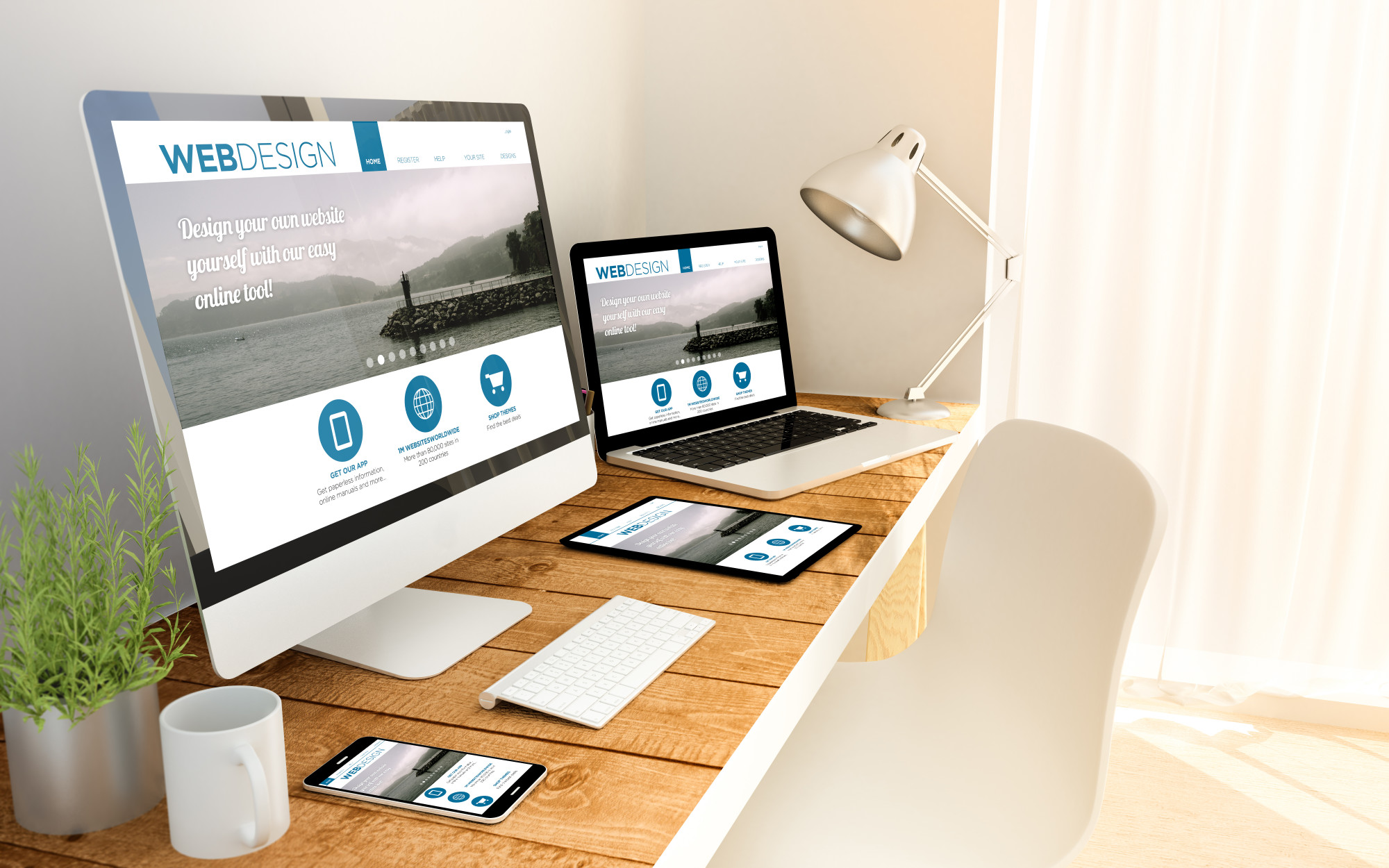Do you understand your brand message and what it’s trying to convey? Can you communicate your message to others? More importantly, are you delivering on your promises?
In a recent study conducted by Deloitte, customers are 2.4 times more likely to buy from brands capable of delivering on their promises repeatedly.
A brand is much more than a logo or tagline – it’s a set of values, a mission, and a vision for your business. Therefore, having a solid brand messaging strategy is critical for any business.
This post will teach you how to create and deliver a message that aligns with your business values and builds authority and trust. Read on to learn how to develop a brand identity that will connect with customers and grow your business.
Review Your Company Image and Identity
Who are you as a company? Your corporate identity combines your brand’s design and your company’s image. It helps customers identify you and provides a framework for your company’s future growth.
What do you stand for, and how will that be reflected in your logo and other corporate design elements? Take some time to write down all the things that are important to your organization.
What type of brand image do you want to convey?
Define Your Business Values
Understanding your business values is a task every business owner should take seriously. This is because your business’s core values impact your brand’s overall image, as well as your marketing and hiring decisions.
Choose values that are short and easy to remember. Here are some examples of values you could incorporate into your brand messaging strategy.
- Integrity: do what is right, even when it isn’t easy
- Performance: achieve more than expected
- Flexibility: adapt without sacrificing quality or standards
Engage With Your Customers
You have to actively build a relationship with your customers – one that goes beyond what you’re selling.
The best way to engage with customers on social media is to be genuine. Connect with your customers. Produce content that adds value to your business and speaks directly to them.
Whether it’s blogs, news articles, or videos related to what you do, show them the kind of service they can expect from you.
Build a Strong Brand Identity
Your brand identity is the very foundation of your brand. It is the sum of all its characteristics that make up who you are and what you represent as an organization.
A strong brand identity creates a consistent experience for your target audience. In addition, it enhances the overall user experience of your product or service by conveying trustworthiness, authority, or uniqueness through every interaction.
Your brand identity influences how people perceive your business and themselves in relation to it.
Keep Your Brand Messaging Consistent
When you, your employees, and your customers all use the same language to describe your business, it reinforces your brand promise in a way that is nearly impossible to duplicate.
No matter what you’re selling, if you can incorporate a unique term or phrase into the description, people will remember it better.
Your brand messaging aims to showcase that you are memorable and relatable. How you connect with customers will determine whether or not they want to buy from you. Implementing a carefully crafted branding strategy will attract more clients and keep them.
At Enfuse, we take pride in helping small and medium-sized business owners attract more customers or strengthen their brand. If you’re interested in learning more about our web design and marketing services, contact us today!









